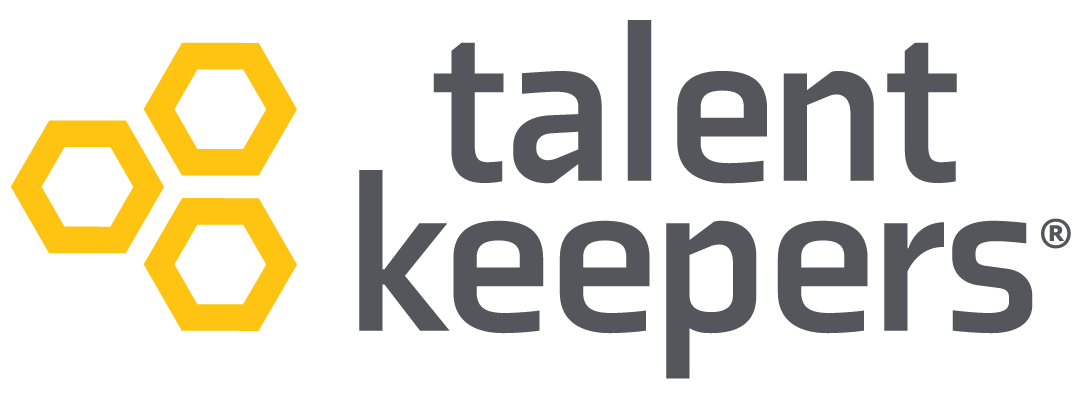An employee engagement survey is a tool to measure how engaged your employees are with your organization or company. To use employee engagement surveys effectively, it’s important to understand their components. By understanding the components of the surveys, you’ll be able to achieve better results and avoid common mistakes that may impact the engagement process.
What Are The Components Of An Employee Engagement Survey?
There are four key components of an employee engagement survey. Before you approach the survey creation stage, you should understand what you’re measuring.
Understanding employee engagement and what it does and does not measure can be challenging. Employee engagement is not job satisfaction or happiness with one’s role in the company. Rather, employee engagement is the depth of an employee’s connection with their overall organization, its values, and its goals.
An effective employee survey will measure the relationship between the employee and the company. The benefits of employee engagement surveys impact all stakeholders in your company. Engagement surveys build trust between employees and employers, foster a positive workplace culture, improve customer satisfaction, and drive business growth alongside organizational progress.
| Key Components of an Employee Engagement Survey | |
| Survey Design and Structure | Select your survey methodology, frequency, and level of anonymity/confidentiality. |
| Engagement Measurement Metrics | Decide which engagement topics to measure. |
| Factors Affecting Employee Engagement | Consider the factors that impact your employees’ ability or willingness to engage deeply. |
| Likert Scale and Open-ended Questions | Include Likert Scale responses as well as open-ended questions. |
Survey Design And Structure
Consider which methodology to use to administer your survey. Most employee engagement surveys utilize an online format, but a paper survey is better received in some scenarios.
Survey fatigue is a very real side effect of over-surveying your employees. Annual or biannual surveys are usually sufficient for employee engagement measurement. Lifecycle surveys occur at targeted points such as upon hiring, as part of an exit interview, and/or at set intervals throughout their tenure.
Employee surveys benefit greatly from anonymity and confidentiality. People are likelier to share candid feedback on surveys that offer these considerations. The employee engagement process may be positively impacted if these allowances are made.
Engagement Measurement Metrics
While measuring job satisfaction is not the primary purpose of an employee engagement survey, it can play a part. Job satisfaction can impact how well an employee does or does not engage with the organization.
Employee loyalty and commitment is a key engagement metric. Signs of a disengaged employee can be evident in employee engagement surveys and pinpoint challenges within your organization.
Employee advocacy (how willing your employees are to recommend your organization) is a significant indicator of employee engagement. Highly engaged employees are typically eager to champion your organization and vice versa.
Their level of engagement directly impacts your employees’ motivation. Disengaged employees may feel stagnant in their roles and desire more job enrichment to progress in their careers or your organization. These issues can be revealed with a well-designed survey.
Factors Affecting Employee Engagement
Employees who clearly understand their job roles and responsibilities are likelier to be highly engaged with their organization.
Leadership, including management style, has a profound impact on employee engagement. Effective leaders can drive high levels of employee engagement, and the engagement process can create more effective leaders.
How well your organization communicates will affect employee engagement. A company with excellent communication channels has the framework to prevent low employee engagement.
Organizations that offer well-being initiatives and a good work-life balance have more highly engaged employees. An engagement survey can help uncover initiatives in these areas that your employees desire, and you can boost employee engagement by implementing them.
Recognition and rewards go a long way to boosting employee engagement. If your employees go above and beyond without recognition for their efforts, they risk disengaging.
Likert Scale And Open-Ended Questions
The Likert Scale is a five (or sometimes seven) point scale that allows a person to express how much they agree or disagree with a particular statement. Likert scales can prioritize action that needs to be taken in specific areas relating to engagement.
Including open-ended questions in your surveys is important. They will increase the qualitative feedback you receive by providing context and specific examples of areas of challenge within your company.
Understanding The Employee Engagement Survey Process
The employee engagement survey process has four critical steps. Each of these steps should be taken to maximize your surveys’ benefits and achieve the best possible outcomes.
Pre-Survey Planning And Communication
Start your survey process by setting clear objectives. Then, select your target participants and determine the sample size you need for the most relevant feedback. Next, communicate with your employees about the survey and what you aim to achieve with it.
Survey Administration
Choose your survey tools. If you’re using an online engagement survey tool, you must select a platform to administer and collect the data. Online surveys are fast and a great option for audiences comfortable with technology. Online surveys also limit waste and save money.
Paper surveys are an excellent tool for audiences with limited accessibility or who may have difficulty reading on a screen. However, paper surveys may take longer to administer, collect, and gather data – so that is a consideration to include in your planning. If you’re using a paper-based survey, you may need to establish confidentiality protocols for data collection.
Data Analysis And Interpretation
Depending on the construction of your survey, you may need to perform qualitative or quantitative analysis – or both. Quantitative data analysis will be applied to your closed-ended questions or those with numerical or categorical data. Qualitative data analysis is needed for your open-ended questions. Both types of analysis will help you identify key insights and trends from your data and feedback.
Action Planning And Implementation
Involve your employees in the engagement survey process. When you share the survey results, ask for their input to help develop actionable strategies. Once the action has been implemented, monitor the progress, and use future surveys to determine how your initiatives are succeeding.
Challenges When Conducting Employee Engagement Surveys
There are some challenges that you may encounter when conducting employee engagement surveys. These can be avoided with careful planning and execution.
1- Common Pitfalls to Avoid
Make sure your survey is brief and straightforward. This can skew the feedback you receive. Be sure that the objective of your survey is clear as well. Don’t fail to communicate with your employees about the survey process or action taken due to survey feedback.
2- Ensuring Survey Validity and Reliability
Without unambiguous language in your survey questions, your questions may be misinterpreted. This can lead to good data and positively impact the engagement process.
3- Strategies for Increasing Survey Participation Rates
To increase your survey participation rates, maintain communication about the process throughout the survey period. Provide on-the-job time for your employees to take the survey. Share with your employees the importance of the survey and the value of their feedback. Most importantly, follow up the survey with action derived from survey results.
4- Tailoring Surveys to Different Employee Segments
You may need to survey specific departments or segments of employees (such as management, team leaders, or new employees) to focus on specific challenges within your organization. Sending surveys to employees they don’t pertain to can undermine the process, skew the data, and contribute to survey fatigue.
Best Types Of Questions To Ask In An Employee Engagement Survey
The best types of employee engagement survey questions will follow themes. Following a theme will allow you to dig deeper into a line of questioning for more comprehensive, well-rounded feedback.
Here is a list of common themes and sample questions that might follow them.
Job Satisfaction and Fulfillment in Role
- Are you satisfied with the organization’s opportunities for skill development and career growth?
- Do you feel that your work contributes to the organization’s overall success?
Support from Leadership and Management
- How supported do you feel by your immediate supervisor or manager?
- How well does the organization promote a diverse and inclusive workplace culture?
Recognition and Feedback
- Do you feel appreciated and recognized for the work you do?
- Do you believe the organization takes appropriate action based on employee feedback?
Organizational Communication
- How well does the organization promote open and effective communication from top management to employees?
- Are you aware of the resources and support available to help you succeed in your role?
Employee Wellbeing and Work-Life Balance
- Are you provided with opportunities for professional development and training?
- How well does the organization promote work-life balance? How well do we stick to it?
Compensation and Benefits
- How satisfied are you with the compensation and benefits provided by the organization?
- How well do you understand our benefits programs?
Advocacy and Engagement
- How often do you participate in company-sponsored activities and events?
- Would you recommend the organization as a great workplace for others?







